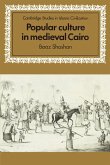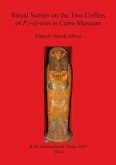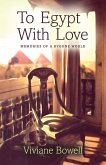This is the first book-length study of popular culture in Islamic society, drawing together a wealth of Arabic sources to explore literature, religious celebrations and annual festivities in medieval Cairo and addressing questions of relevance throughout the Islamic world and beyond. Dr Shoshan examines popular religion against the background of the growing influence of Sufism, discussing the sermons of Abn Ata Allah, a leading Cairene Sufi, which shed considerable light on the beliefs of ordinary Muslims. The author then analyses the importance of a biography of Muhammad, which has been attributed to Abu'l-Hasan al-Bakri and suppressed by the learned, and traces the origins and popular practices of the annual Nawruz festival. Finally he explores the political beliefs and economic expectations of the Cairene commoners and demonstrates the complex relationship between the culture of the Cairene elite and that of the people.
Table of contents:
Introduction; 1. Sufism and the people; 2. Al-Bakri's biography of Muhammad; 3. The festival of Nawruz: A world turned upside down; 4. The politics and 'moral economy' of the Cairene crowd; 5. Popular culture and high culture in medieval Cairo; Appendix: Sufi Shaykhs in medieval Cairo.
This is the first book-length study of popular culture in Islamic society, drawing together a wealth of Arabic sources to explore literature, religious celebrations and annual festivities in medieval Cairo and addressing questions of relevance throughout the Islamic world and beyond.
This is the first book-length study of popular culture in Islamic society.
Table of contents:
Introduction; 1. Sufism and the people; 2. Al-Bakri's biography of Muhammad; 3. The festival of Nawruz: A world turned upside down; 4. The politics and 'moral economy' of the Cairene crowd; 5. Popular culture and high culture in medieval Cairo; Appendix: Sufi Shaykhs in medieval Cairo.
This is the first book-length study of popular culture in Islamic society, drawing together a wealth of Arabic sources to explore literature, religious celebrations and annual festivities in medieval Cairo and addressing questions of relevance throughout the Islamic world and beyond.
This is the first book-length study of popular culture in Islamic society.








